A log home might be right for you if you appreciate the unique aesthetic, energy efficiency, and durability they offer. A log home is a long-standing American icon that thousands of families love. If you want to live in a rustic house that can range from a traditional log home to a modern log home, this is for you. The most cost-efficient and easiest way to build a log home is with pine log siding. Here are some advantages to consider in making your decision.
Aesthetic Appeal Of Log Home Living
Log homes offer a distinctive rustic or natural look that many find appealing with a warm and inviting atmosphere. They boast a strong aesthetic appeal primarily due to the natural beauty and charm of exposed logs, beams, trusses, and rafters. This aesthetic extends beyond the exterior’s warm and inviting atmosphere.
The interior design can be customized to blend traditional log home elements with modern comforts. Log homes invite owners to return to a relaxed and tranquil afternoon and evening. Studies suggest this natural appeal can enhance mental and emotional well-being.
Durability Is An Asset
These houses and cabins can be very durable with proper maintenance, and some have lasted for centuries. Stain applied correctly to pine log siding and full logs are protected from the elements in virtually all climates from hot to cold and humid to dry.
Pinewood is more shrink and expansion resistant than some other woods. This quality reduces log settling, cracking, and joint separation, especially with log siding versus full logs. Pine log siding is also available in a pre-finished condition for faster installation.
Eco-Friendly Materials Are Used
Some log home producers use sustainable forestry practices and recycle waste materials to minimize environmental impact. Here’s why homeowners appreciate this approach:
- Pine log siding is virtually a “zero-waste” product that requires less measuring, sawing, and fitting on walls.
- Its tongue and groove end-matching feature allows installing on conventional wall framing for faster and easier work.
- There are no manmade materials in pine log siding that end up in landfills.
- Thousands of pine trees are planted on tree farms to keep the supply going.
Log walls provide improved acoustic benefits because they can reduce noise transmission due to their mass and the shape of the logs.
Log Home Living Energy Efficiency
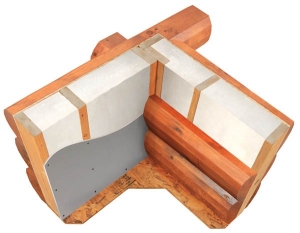 The thermal mass of thick log siding helps regulate temperature, potentially leading to lower energy bills, and here is why this is a significant benefit:
The thermal mass of thick log siding helps regulate temperature, potentially leading to lower energy bills, and here is why this is a significant benefit:
- Log siding is 2” to 3” thick on the exterior and 2” to 3” thick on the interior.
- OSB board and insulation is placed between the external and internal siding to provide more R-value.
- More energy efficiency can be achieved by using 2×6 wall framing instead of 2×4.
- Newer insulation products are more energy-efficient than traditional products and can increase the R-value of your home.
“A log home might be right for you if you appreciate the unique aesthetic, energy efficiency, and durability they offer.”
Fire Resistance Qualities
Thick stained pine log siding with fire-retardant insulation between the walls is surprisingly fire-resistant, making it safer than traditional stick-built homes. This is due to the density and thickness of the walls which makes them slow to ignite and burn.
The charring process that occurs when log siding is exposed to fire creates a protective layer that insulates the interior, further slowing down the fire’s progression. Also, log walls, especially those 6 inches thick or more, are often made to meet a one-hour fire-resistance rating.
Potential For High Resale Value
Log homes and cabins can be popular, especially in rural areas, and may have a strong resale value when properly maintained. As more people travel and see them in resort and rural areas, their appeal is heightened. Their eco-friendly nature is appealing to many people who seek to go more “green’ environmentally.
Log homes can be a good investment that varies with location, condition, and market demand. Research shows their resale value varies from that of conventional homes to potential gains of up to 30%. The housing market is currently strong with a shortage of houses in many areas that drives prices up.
Log Home Living Unique Lifestyle
Log home living can provide a unique and closer-to-nature experience, potentially fostering a sense of peace and tranquility. This lifestyle offers unique living characterized by a deep connection with nature, a sense of simplicity, and a focus on craftsmanship. Those who embrace this lifestyle often find it enriching and fulfilling. They appreciate the rustic charm, cozy atmosphere, and the peace and quiet that log homes can provide.
Overcoming Potential Cons
You hear about potential cons of living in a log home or cabin, and many times they are -exaggerated. Here are a few potential common issues and how to overcome them:
- Maintenance: Log home builders and stain manufacturers recommend staining the log siding every 4-6 years. With regular maintenance, your home should retain its luster, integrity, and durability. Log siding walls typically don’t require chinking just caulking in select joints.
- Pest Control: Bees, termites, and other pests can be averted by spraying repellant on the exterior log siding.
- Water Damage: Keep the bottom row of siding above the ground and create wider roof overhangs to thwart water damage. Install a good gutter and draining system to help.
- Insurance Cost: Insuring a pine log siding home is similar to insuring one built with vinyl, metal, or fiber cement siding. Insurers consider log siding a lower risk than homes built with full logs.
More than 35,000 log and timber frame homes are built each year in the U.S. We hope the ideas in this article will help determine if a log home is right for you.

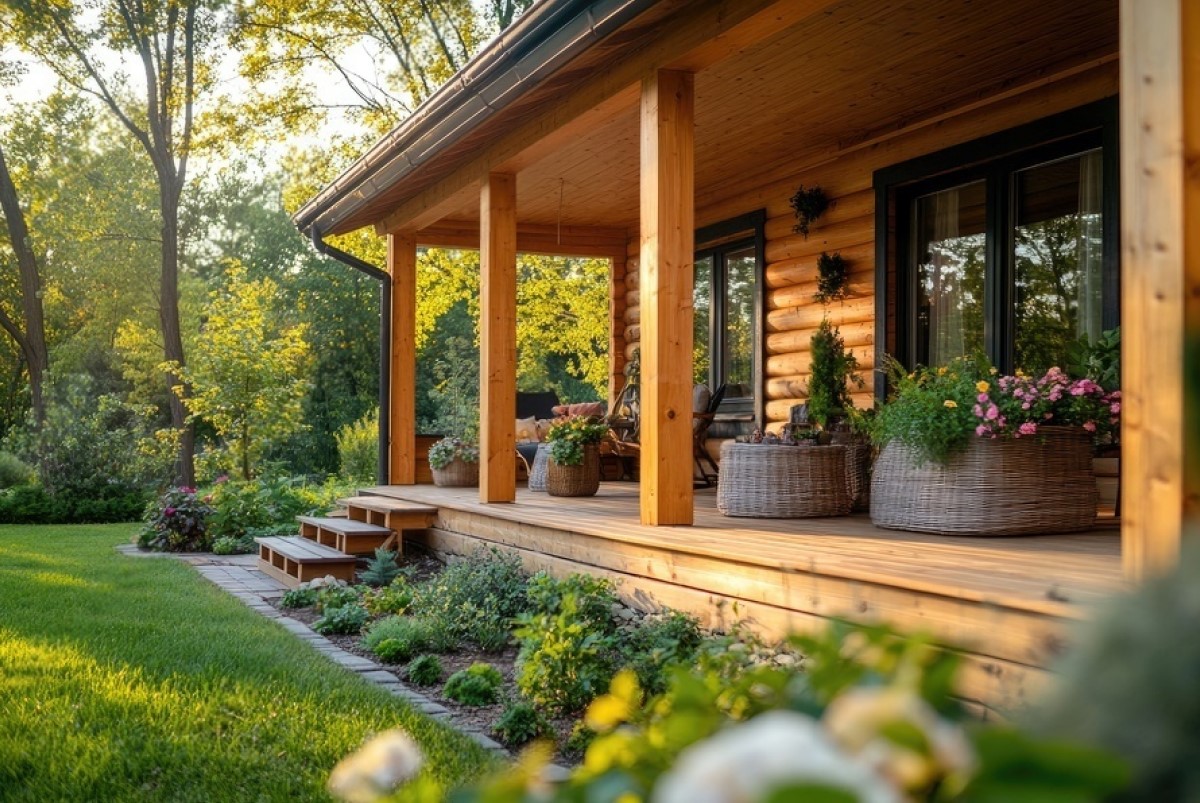
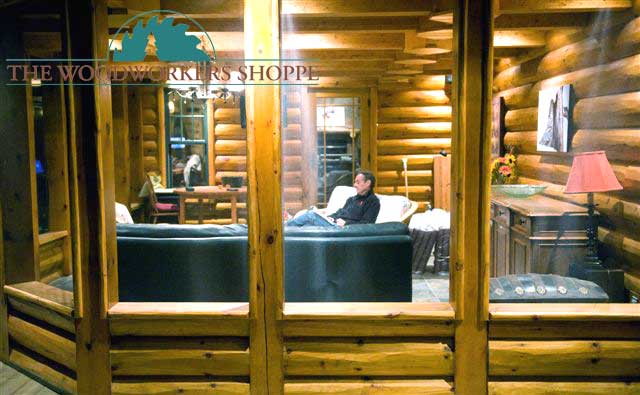
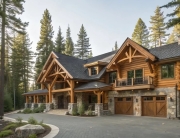
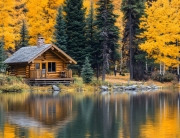
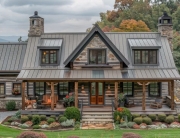
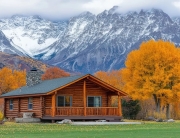
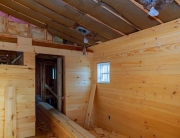
Recent Comments